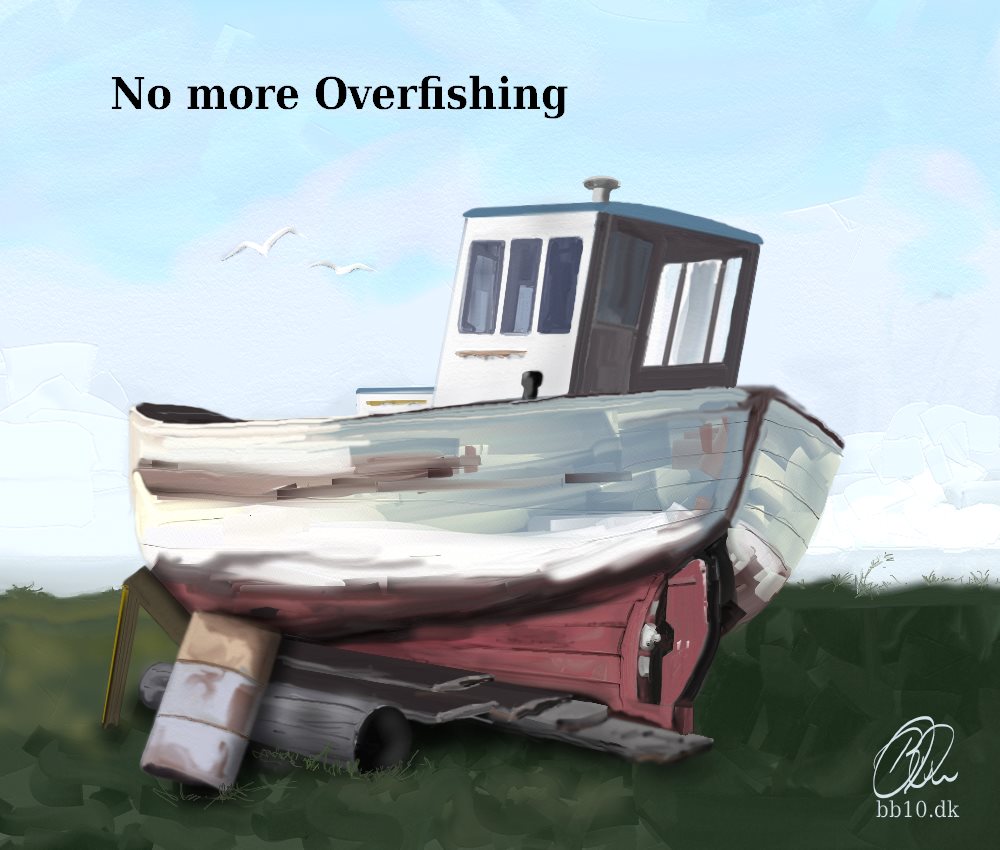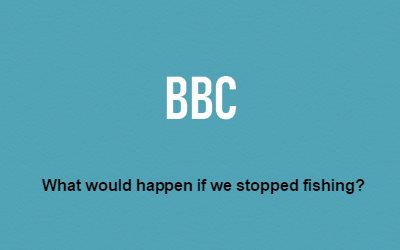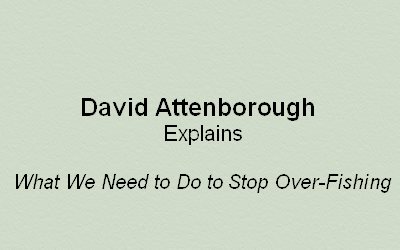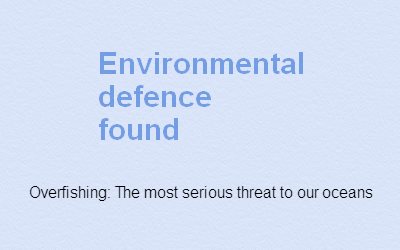No more Overfishing
Around the world, over 100 different fish and shellfish species are farmed
No more Overfishing
Fish farming and aquaculture
Around the world, over 100 different fish and shellfish species are farmed, and aqua cultural practices vary significantly in terms of scale, methods and impact.
Fish are farmed in everything from simple ponds to high-tech electronically controlled tanks.
Inland and marine aquaculture production has been growing at an unprecedented rate.
One third of fish is derived from aquaculture.
Fish farming, the main form of aquaculture, is the process of raising fish commercially in tanks or enclosures, usually for food supply.
With the ever increasing global demand for food, and widespread over-fishing of wild fisheries, fish farms offer a reliable food supply for millions.
But what are the costs? In the next decade, the majority of fish we consume will be farmed, rather than wild.
Fish farms, with careful management, can be sustainable.
However, their impacts on surrounding environments can be damaging.
In order to be sustainable, fish farms must minimize their impact, by treating wastewater, containing stocks,
preventing the spread of diseases and not removing fish, particularly juveniles, from wild fisheries.
The economic sustainability of aquaculture must also be considered.
Fish farming creates many jobs globally, and farmed fish is a valuable commodity traded on the world market.
Source: Royal Geographic Society






